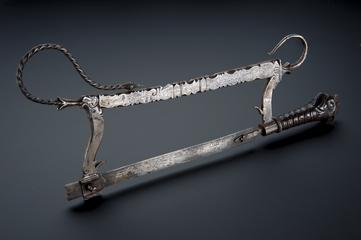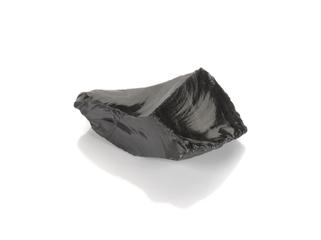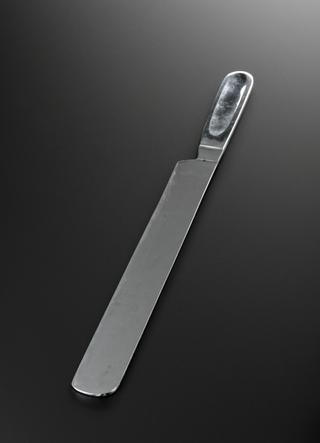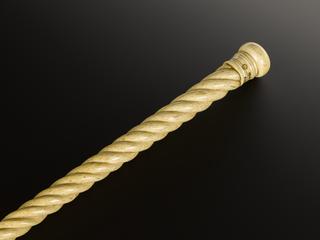






Cytoscope with small surgical channel made by Genito-Urinary Manufacturing Company Limited, England
A cystoscope is used to look inside a person’s bladder. This is inserted into the urethra, which carries urine outside the body, and into the bladder. Sometimes instruments can be passed down the scope to treat any problems. As this is a rigid cystoscope, a person would have local anaesthetic or a general anaesthetic. A battery is used for light.
This instrument was owned by Mr John Wickham (1927-2017), who specialised in urology and was one of the first cohort in the United Kingdom to carry out and champion keyhole surgery for its patient and surgeon benefits. He coined the phrase minimally invasive surgery and set up the Society of Minimally Invasive Therapy in 1989. Since 2000, SMIT is the Society for Medical Innovation and Technology and continues to bring together surgeons, medics, engineers and medical device developers. John was also among the first to used robotic assisted surgery in his work and introduced shock wave therapy for kidney stones to the United Kingdom.




